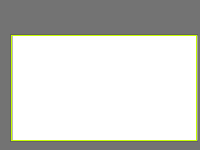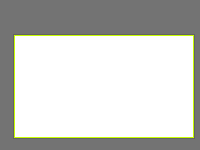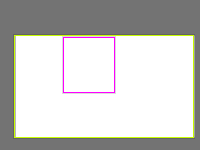leopard_detection Computer Vision Project
Updated 3 years ago
1.1k
views48
downloadsHere are a few use cases for this project:
-
Wildlife Conservation: Researchers and conservation professionals can use the "leopard_detection" model to analyze images from camera traps or drones to monitor leopard populations, understand their movement patterns, and create effective conservation strategies.
-
Animal Behavior Analysis: By identifying different body parts of leopards, this model can contribute to studying the behavior and social interactions of leopard populations in the wild, helping scientists gain insights into their communication and ecology.
-
Automated Image Annotation: photo-sharing platforms or databases dedicated to wildlife photography can use "leopard_detection" to automatically annotate and classify images of leopards, making it easier for users to search for and find specific leopard images based on the featured body parts.
-
Poaching Deterrence: Anti-poaching units can use the "leopard_detection" model to analyze images from surveillance cameras installed in protected areas, allowing them to detect and track the presence of leopards in real-time and respond quickly to potential poaching threats.
-
Augmented Reality (AR) Tours in Zoos and Nature Reserves: Using the "leopard_detection" model as part of an AR wildlife tour app, visitors can quickly identify different body parts of leopards and receive additional information about these animals, enhancing their educational experience at zoos and nature reserves.
Cite This Project
If you use this dataset in a research paper, please cite it using the following BibTeX:
@misc{
leopard_detection_dataset,
title = { leopard_detection Dataset },
type = { Open Source Dataset },
author = { Leopard ID },
howpublished = { \url{ https://universe.roboflow.com/leopard-id/leopard_detection } },
url = { https://universe.roboflow.com/leopard-id/leopard_detection },
journal = { Roboflow Universe },
publisher = { Roboflow },
year = { 2022 },
month = { jun },
note = { visited on 2025-03-09 },
}





















